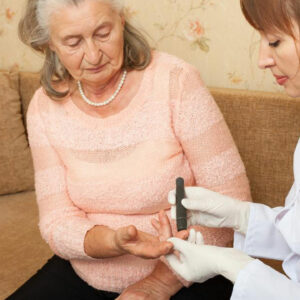
01
10 Metabolism Boosting Foods You Should Introduce In Your Diet
Metabolism is a process that takes place inside the body of a living organism in order to maintain life. It can also be explained as the collective of all chemical reactions that includes digestion, transportation of substances throughout the organs and cells of a living organism, and assimilation. There are three main purposes of metabolism. They are the conversion of food to energy for the smooth running of cellular process, conversion of food to proteins, nucleic acid, lipids and carbohydrates for building blocks, and lastly elimination of nitrogenous wastes. How Do Metabolism Boosting Foods Work? In our body, there are certain nutrients that are known to increase the metabolism in the body. However, drop or deficiency of those nutrients can lead to a slower metabolism and hence these metabolism boosting foods come to your rescue. These metabolism boosting foods help in burning calories. Along with that, metabolism helps in breaking the food and converting it into energy. So, let us go through the list of 10 such metabolism boosting foods that one should surely introduce in their diet. List Of 10 Metabolism Boosting Foods To Fasten Your Metabolism Almonds Although almonds are known to be high in calories, they contain fatty acids that are known to increase your metabolism. However, you are advised not to eat too many almonds in a day. Egg Whites If your health is affected due to lack of amino acids, make sure to include egg whites in your diet as they are loaded with subsidiary and chain of amino acids. These amino acids help in elevating the rate of metabolism. Moreover, they have loads of vitamins and proteins which also enhance the metabolism of your body. Lean Meat Iron deficiency can lead to a slower metabolism. It is a rich source of iron and dieticians recommend to have around 3 to 4 servings of lean meat on a regular basis.
Read More 










